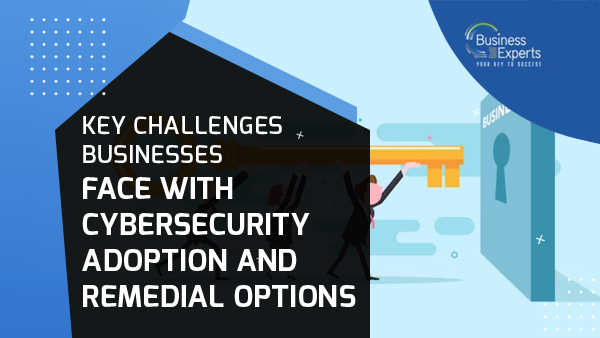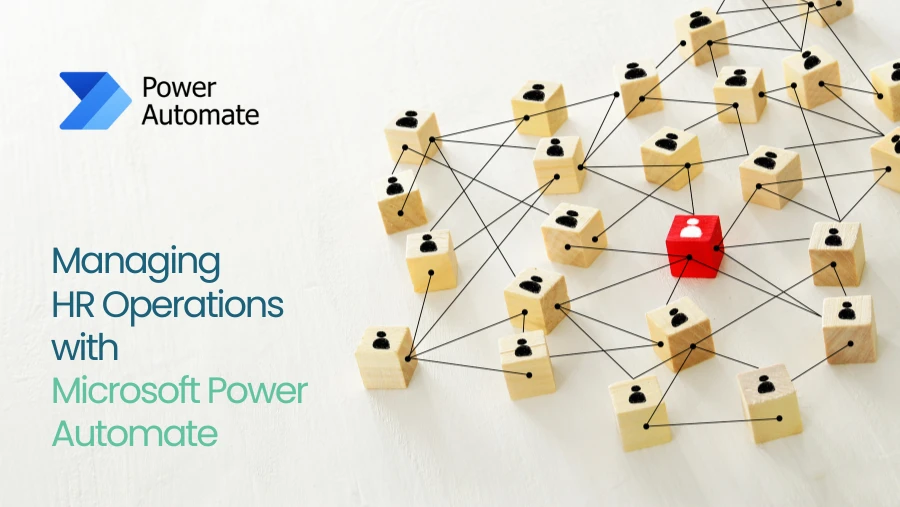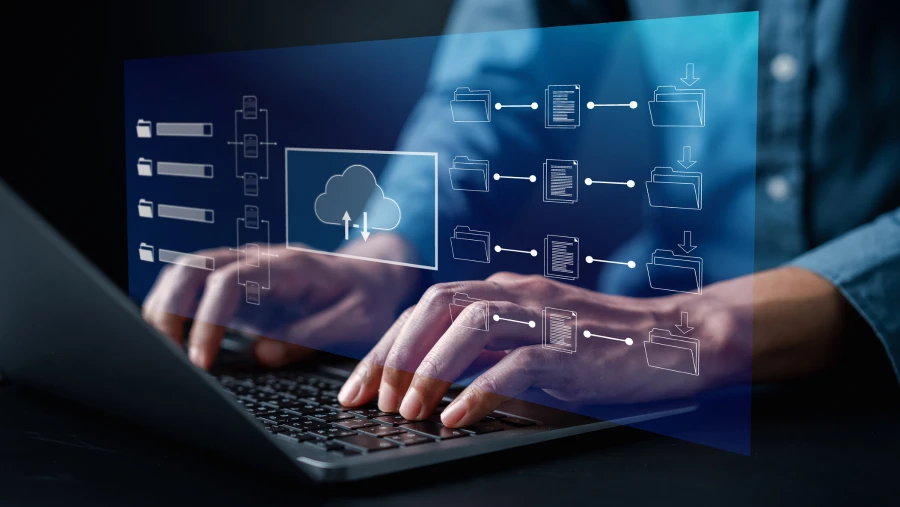“We live in a digitally interconnected world where cybersecurity challenges are ever-present. As CEOs, we must recognize that adopting effective cybersecurity measures is not only a necessity but a strategic imperative to protect our customers, our businesses, and our reputation. By prioritizing cybersecurity adoption, we embrace the responsibility to safeguard data, build trust, and fortify our organizations against evolving threats. It is an investment in our future resilience and success in the digital age.” – Nazih A Moufarrej
In an increasingly interconnected and digitized world, cybersecurity has become a paramount concern for businesses of all sizes and across industries. While the adoption of cybersecurity measures is essential for protecting sensitive information and ensuring business resilience, organizations often face significant challenges in implementing and maintaining effective cybersecurity practices. This article explores the key challenges businesses encounter when adopting cybersecurity measures and provides insights into addressing these hurdles.
-
Lack of Awareness and Understanding:
One of the primary challenges businesses faces is a lack of awareness and understanding about cybersecurity risks and best practices. Many organizations underestimate the potential threats they face or believe they are not attractive targets for cybercriminals. This misconception can lead to complacency and inadequate investment in cybersecurity measures. Addressing this challenge requires raising awareness among business leaders, employees, and stakeholders about the evolving threat landscape and the importance of cybersecurity in protecting valuable assets and ensuring business continuity.
-
Limited Resources and Budget Constraints:
Implementing robust cybersecurity measures often requires significant financial investments and dedicated resources. Small and medium-sized enterprises (SMEs) particularly struggle with limited budgets and resource constraints. Many businesses find it challenging to allocate sufficient funds for cybersecurity initiatives, including technology investments, employee training, and hiring skilled cybersecurity professionals. Overcoming this challenge requires prioritizing cybersecurity as a critical aspect of business operations and seeking cost-effective solutions, such as leveraging managed security services or collaborating with external cybersecurity experts.
-
Complexity of Emerging Technologies:
The rapid evolution of technology brings both opportunities and challenges for businesses. Emerging technologies such as cloud computing, Internet of Things (IoT), artificial intelligence (AI), and Bring Your Own Device (BYOD) policies introduce new complexities to cybersecurity. Integrating these technologies while ensuring their security can be a daunting task. Organizations must navigate the intricate landscape of security considerations, including data privacy, access control, vulnerability management, and secure configurations. Meeting this challenge requires a comprehensive understanding of the specific risks associated with these technologies and implementing appropriate security controls from the onset.
-
Insider Threats and Human Error:
Despite technological advancements, human error remains a significant factor contributing to cybersecurity incidents. Employees may unknowingly fall victim to phishing attacks, inadvertently disclose sensitive information, or neglect basic security practices. Additionally, malicious insiders with privileged access can pose significant threats. Addressing this challenge entails establishing a strong cybersecurity culture through employee training, awareness programs, and enforcing strict policies and procedures. It is essential to foster a sense of shared responsibility and educate employees on their role in maintaining a secure environment.
-
Rapidly Evolving Threat Landscape:
Cyber threats are constantly evolving, and businesses must adapt to keep pace. Cybercriminals employ sophisticated attack techniques, exploit vulnerabilities in software and systems, and continually innovate their tactics. This dynamic threat landscape poses a significant challenge for businesses striving to stay ahead. Adopting proactive cybersecurity strategies, such as threat intelligence sharing, continuous monitoring, and timely patching and updating, is crucial to mitigate the risk posed by emerging threats.
-
Compliance with Regulatory Requirements:
Compliance with regulatory frameworks and industry standards is a challenge faced by businesses across sectors. Organizations must navigate a complex web of data protection and privacy regulations, such as the General Data Protection Regulation (GDPR) and the California Consumer Privacy Act (CCPA). Meeting compliance requirements necessitates a thorough understanding of applicable regulations, implementing appropriate security controls, conducting regular audits, and maintaining comprehensive documentation. Collaborating with legal and compliance experts can help businesses navigate these challenges effectively.
Remedial Actions observed:
While Enterprises around the world face numerous challenges when it comes to adopting and implementing cybersecurity measures, however, in our work across many organizations we have seen how successfully they have addressed these challenges and enhanced their cybersecurity posture.
Here are some use cases of enterprises addressing cybersecurity adoption challenges successfully using our Security Framework:
- Conducting Regular Risk Assessments: Enterprises that prioritize cybersecurity often conduct regular risk assessments to identify potential vulnerabilities and threats. By thoroughly assessing their systems, networks, and processes, organizations can proactively address security gaps and implement necessary controls.
- Implementing Robust Security Policies: Successful enterprises establish comprehensive security policies that outline guidelines, procedures, and best practices for employees to follow. These policies cover areas such as data protection, password management, access controls, incident response, and acceptable use of company resources.
- Employee Education and Training: Enterprises understand the importance of educating their employees about cybersecurity best practices. By providing regular training sessions and awareness programs, organizations can empower their staff to recognize and respond appropriately to security threats, such as phishing attempts, social engineering attacks, and malware.
- Adopting Multi-Factor Authentication (MFA): Many enterprises have successfully implemented multi-factor authentication to enhance their security posture. MFA requires users to provide additional verification factors beyond a password, such as a fingerprint scan, token, or SMS code. This significantly reduces the risk of unauthorized access, even if passwords are compromised.
- Regular Patching and System Updates: Enterprises that prioritize cybersecurity make sure to apply security patches and updates regularly. This practice helps address known vulnerabilities and exploits that cybercriminals might attempt to leverage. Timely patch management can significantly reduce the risk of successful attacks.
Few more cases
- Deploying Advanced Threat Detection and Response Solutions: Enterprises are increasingly investing in advanced threat detection and response solutions, such as intrusion detection systems (IDS), intrusion prevention systems (IPS), Security Information and Event Management (SIEM) tools, and behaviour analytics. These technologies help organizations detect and respond to security incidents promptly.
- Engaging Third-Party Security Services: Some enterprises seek the expertise of third-party cybersecurity providers like Business Expert Gulf to augment their internal capabilities. These providers offer specialized services such as penetration testing, vulnerability assessments, security monitoring, and incident response. Engaging external experts allows organizations to benefit from their knowledge and experience in addressing complex security challenges.
- Establishing Incident Response Plans: Successful enterprises develop and maintain well-defined incident response plans. These plans outline the steps to be taken in the event of a security breach, including containment, investigation, mitigation, and recovery procedures. Regular testing and simulation exercises ensure the readiness of the organization’s incident response capabilities.
- Continuous Monitoring and Auditing: Enterprises that are committed to cybersecurity adopt a proactive approach by continuously monitoring their networks, systems, and applications. Real-time monitoring enables the detection of suspicious activities and potential breaches. Regular auditing of security controls ensures compliance with industry standards and regulations.
- Executing Regular Backup and Disaster Recovery Practices: Data backups and disaster recovery planning are critical for enterprises to quickly restore operations in the event of a security incident. Successful organizations implement robust backup strategies, including off-site storage, and conduct regular recovery drills to validate the effectiveness of their backup and restoration processes.
Conclusion
While the challenges businesses face with cybersecurity adoption are multifaceted, ranging from limited resources and budget constraints to the complexity of emerging technologies and evolving threat landscapes. Overcoming these hurdles requires a holistic approach that encompasses raising awareness, allocating sufficient resources, leveraging cost-effective solutions, educating employees, and adapting to changing cybersecurity requirements. By addressing these challenges head-on as shared earlier, businesses can enhance their cybersecurity posture, protect valuable assets, and ensure long-term resilience in an increasingly digital and interconnected world.






